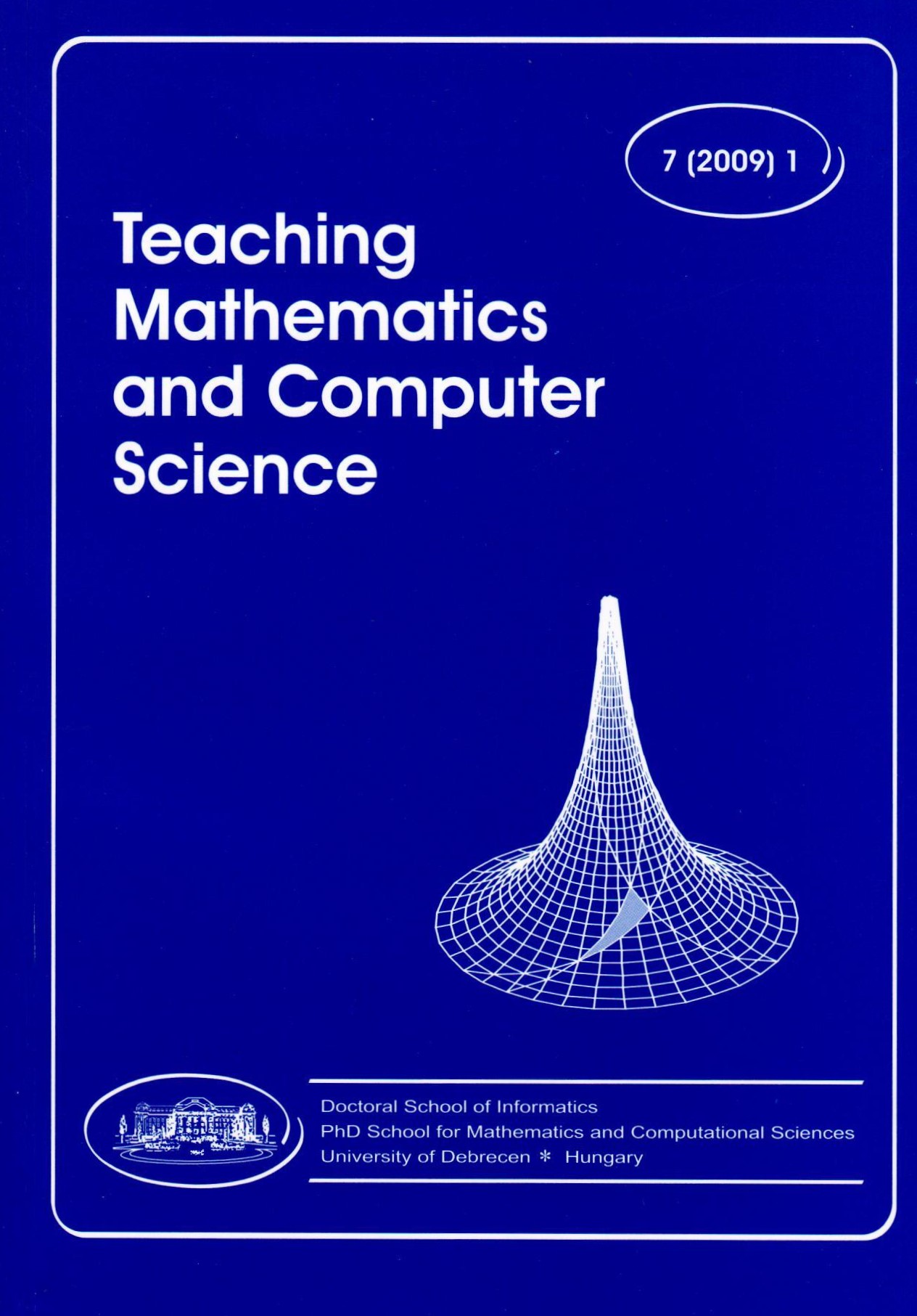Articles
Teaching word processing - the theory behind
Published:
2009-06-01
Author
View
Keywords
License
Copyright (c) 2009 Mária Csernoch

This work is licensed under a Creative Commons Attribution 4.0 International License.
How To Cite
Selected Style:
APA
Csernoch, M. (2009). Teaching word processing - the theory behind. Teaching Mathematics and Computer Science, 7(1), 119-137. https://doi.org/10.5485/TMCS.2009.0212
Abstract
It is widely thought and believed that word processors – especially MS Word – are software, which everyone can use. However, if we take a closer look at the documents we find that the picture is not at all that clear. In most of these documents even the basic rules of word processing are broken. The question is how it is possible that most of the users are satisfied with their performance, and do not realize that they only use a less noisy typewriter, and not able to take advantage of the opportunities offered by these software. In the search of clearing this misunderstanding I found that there are no publicly available sources, which would clearly set the rules to determine when the documents are properly formatted. Here I set three maxims which, together, are able to control the tools applied in word processing in order to create properly formatted texts. In summary, they state that the layout of a properly formatted text should be invariant to modification, that is, any modification of the body of text should not initiate its re-formatting. To prove that these maxims work and to show that we desperately need them I give examples of works of professionals from the administration, of those who passed ecdl exams, of teachers of various subjects, and finally of teachers of Informatics.

 https://doi.org/10.5485/TMCS.2009.0212
https://doi.org/10.5485/TMCS.2009.0212






